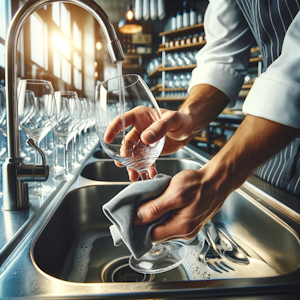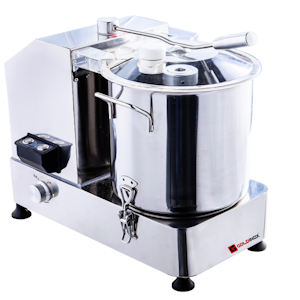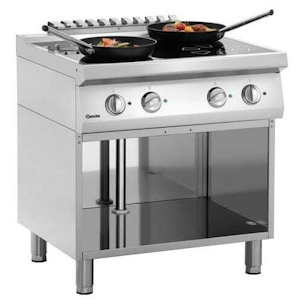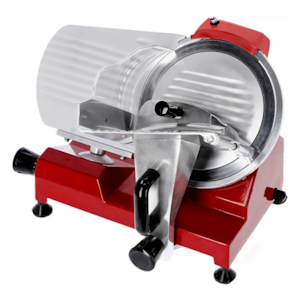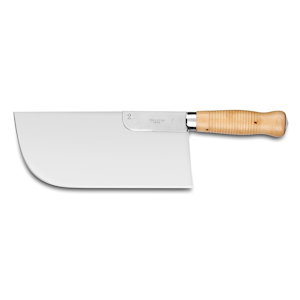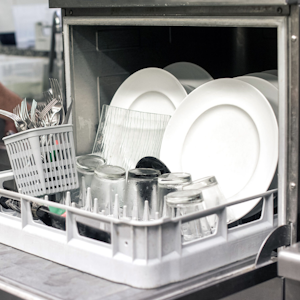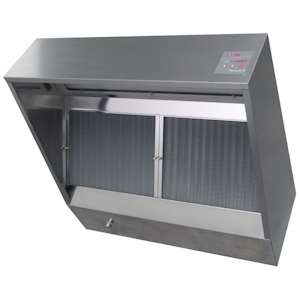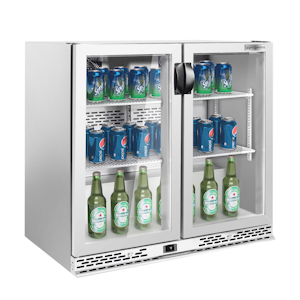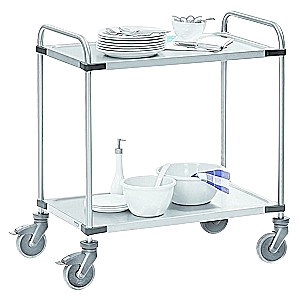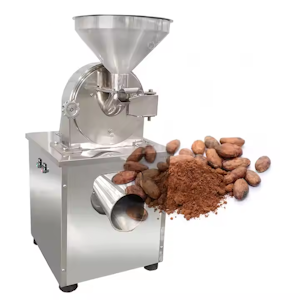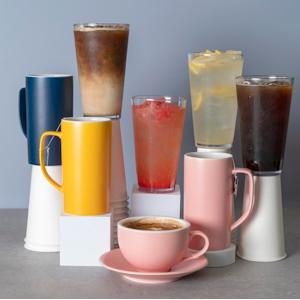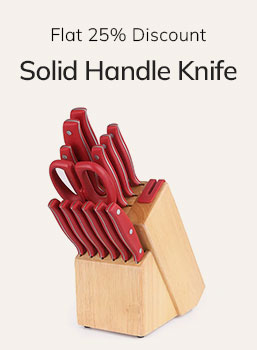Prerequisites for Oven Installation:
⚠️ Important:
The information contained in this document is provided for informational purposes and should not replace the manufacturer's official recommendations.
These recommendations are primarily based on the Unox Cheftop and Bakertop ovens. However, they may generally be applied to other ovens of similar power and functionalities.
Electrical recommendations (differential type A, grounding, phase balancing, etc.) are generally valid for all professional equipment with power electronics. Only the cable size, the protection values (circuit breakers, differential switches), and the power supply configuration (single-phase or three-phase) may vary depending on the appliance's power.
Similarly, the requirements related to the water supply (quality, pressure, temperature, presence of a backflow valve, water treatment) are generally common to all appliances that require a water supply, especially those that produce steam.
Moreover, emergency stop devices must be installed in accordance with applicable safety standards in all installations to ensure the safety of personnel and protect the equipment.
However, we recommend that you always check the specific technical documents for each appliance and adapt the installation accordingly, if necessary, in compliance with the manufacturer's recommendations and current standards.
Table of Contents
-
Electrical Prerequisites – Unox Cheftop & Bakertop Ovens
-
Three-phase installation (400V + N)
-
Single-phase installation (230V)
-
Type A differential switch
-
Final recommendations
-
-
Water Connections – Unox Cheftop & Bakertop Ovens
-
Water inlet – Supply
-
Water quality – Mandatory treatment
-
Water treatment options
-
Wastewater disposal – Drainage
-
-
Emergency Stop Safety
-
Proximity to high-risk equipment
-
At the entrance of the kitchen
-
Accessibility from workstations
-
On each cooking line or specific appliance
-
Gas emergency stop system (if applicable)
-
Applicable safety standards
-
Accessibility and visibility
-
Electrical Prerequisites – Unox Cheftop & Bakertop Ovens
Unox Cheftop and Bakertop ovens require an electrical installation suitable for their power. They can operate on single-phase (230V) or three-phase (400V + N). Below are the detailed requirements:
-
Three-phase Installation (400V + N)
-
Differential switch: 40 A – type A
Type A is recommended because Unox ovens incorporate power electronics (electronic boards, inverters, digital controls). These components may generate pulsed direct currents, which only a type A differential switch can detect and disconnect effectively. A standard type AC switch would not detect these leaks, compromising safety. -
Circuit breaker: 32 A or 40 A, depending on the model’s power.
-
Recommended cable: 5 conductors (3 phases + neutral + ground), 6 mm² section (adjust based on distance).
-
Phase balancer:
In three-phase power supply, it is strongly recommended to install a phase balancer to ensure balanced load distribution across the phases. This preserves network stability and protects the oven’s electronic components.
-
-
Single-phase Installation (230V)
-
Differential switch: 63 A – type A
The same reasoning applies as for the three-phase: the oven's electronic components require protection against complex residual currents. -
Circuit breaker: 50 to 63 A, depending on the model.
-
Recommended cable: 3 conductors (phase + neutral + ground), 10 mm² section (based on distance).
-
-
Why is a Type A Differential Required?
-
Modern devices like Unox ovens use electronic boards, sensors, touchscreens, etc.
-
These components generate non-sinusoidal leakage currents, which only a type A differential can detect (pulsed DC leakage).
-
A type AC differential is blind to these faults, meaning it might not trip in case of a problem, putting users or equipment at risk.
-
-
Final Recommendations
-
It is essential to hire a professional electrician.
-
Always check the model’s documentation to adapt electrical protections.
-
Proper grounding is also critical for safety.
-
Water Connections – Unox Cheftop & Bakertop Ovens
-
Water Inlet – Supply
-
Pipe diameter: 3/4" (20/27 mm), food-grade standard.
-
Supplied flexible hose (in the initial setup kit):
o Length: 2 meters
o Fitted with:-
3/4" (20/27) connection
-
Check valve
-
80 µm mechanical filter
-
-
Required dynamic pressure: 2 to 6 bars
If the pressure exceeds 6 bars, install a pressure reducer. -
Water temperature: between 5 °C and 30 °C
Where to place the check valve?
-
Before the oven’s water inlet: to prevent dirty or hot water from returning into the network.
-
Before an osmosis or softener system: to prevent contamination of the treatment system.
-
-
Water Quality – Mandatory Treatment
To prevent limescale buildup, extend the life of the steam generator, and ensure optimal performance, water treatment is mandatory.
-
Target conductivity: ≤ 100 µS/cm
-
Recommended maximum hardness: ≤ 5 °fH (French) or ≤ 3 °dH (German)
-
-
Water Treatment Options
Before implementing a treatment system, it is necessary to measure the water hardness to select the appropriate solution.
-
Reverse Osmosis System (PURE-RO):
-
Reverse osmosis, recommended for very hard water (>30 °fH).
-
Reduces hardness to optimal levels for Unox appliances.
-
-
Water Softener System (PURE-DR):
-
Ion-exchange resin to soften water.
-
Ideal for moderately hard water.
-
Any brand of softener can be used, provided that:
o The treated water hardness is ≤ 5 °fH.
o The system size matches consumption.
o Regular maintenance (regeneration, salt refill, periodic checks) is performed.
-
-
PURE Unox System (PURE-FIL):
-
Simple filtration with activated charcoal.
-
Suitable for soft water or as a supplement to a softener or reverse osmosis system.
-
-
-
Wastewater Disposal – Drainage
-
Pipe diameter: 25 mm (1") minimum internal diameter
-
Supplied hose: Typically 1 meter of high-temperature hose (resistant to 90 °C)
-
Installation conditions:
o Connection to a siphon or open drain
o Recommended slope: ≥ 4%
o Avoid sharp bends or diameter reducers -
The oven discharges hot water from:
o Condensation
o Automatic rinse
o Steam discharge after cooking or cleaning
-
Placement of Emergency Stops in a Professional Kitchen
Emergency stops (or "kill switches") are essential devices to ensure the safety of staff in a professional kitchen. They allow for the quick shutdown of electrical, gas, or water supplies in case of imminent danger. Below are the general recommendations regarding their placement, in compliance with applicable laws and standards.
-
Proximity to High-Risk Equipment
Emergency stops should be installed near high-risk equipment such as ovens, fryers, stoves, grills, or any high-power appliance. They must be easily accessible, allowing for quick intervention in case of an emergency. These devices should be placed near work areas without requiring staff to travel long distances.
-
At the Entrance of the Kitchen
An emergency stop can also be placed near the entrance to the kitchen, which is ideal. This allows staff to access it quickly, regardless of where they are in the kitchen during an emergency. It must be clearly visible and accessible to all employees.
-
Accessibility from Workstations
The emergency stop should be installed at a height and location where all employees can easily reach it, whether standing or sitting. There should be no obstructions (like equipment or furniture) that could hinder its use in an emergency. In addition to being accessible, it should be clearly marked (often with a red button) so it can be spotted instantly.
-
On Each Cooking Line or Specific Appliance
In a large kitchen with multiple cooking lines, it may be necessary to install emergency stops on each line or near each specific appliance. This allows for the independent shutdown of a section of the kitchen in case of a problem, ensuring optimal safety management throughout the kitchen.
-
Gas Emergency Stop System (If Applicable)
For kitchens using gas appliances, a gas emergency stop system is also required. This system allows for the rapid shutdown of the gas supply in case of a leak or fire. It should be installed near high-risk areas and must be easily accessible.
-
Applicable Safety Standards
Emergency stops must comply with several safety standards to ensure their effectiveness and accessibility, including the NF C 15-100 standard for electrical installations. This standard governs electrical systems in buildings, including professional kitchens, and sets specific rules on the accessibility and placement of safety devices. Emergency stops must be accessible and visible to allow for quick intervention in case of danger.
For gas installations, the NF EN 15001 and NF DTU 61.1 standards govern the installation of gas systems and associated safety devices. These standards state that emergency stops for gas must be installed to allow for rapid shutdown in case of a leak or incident. These devices must be placed near gas equipment and be easily accessible.
-
Accessibility and Visibility
Emergency stops should be installed in areas free from any obstacles, ensuring they are easily accessible to all staff. It is also recommended to clearly mark their location with visible signage, so all staff members can locate them quickly in an emergency. Devices must be installed in a way that ensures no one is hindered from accessing them immediately in case of danger.
Conclusion
Emergency stops are essential for ensuring safety in a professional kitchen. Their strategic placement allows for a quick and efficient shutdown of supplies in case of an incident. These devices should be placed near high-risk equipment, at the kitchen entrance, and in visible, unobstructed areas. They must also comply with current standards, such as NF C 15-100 for electrical installations and NF EN 15001 for gas installations.

